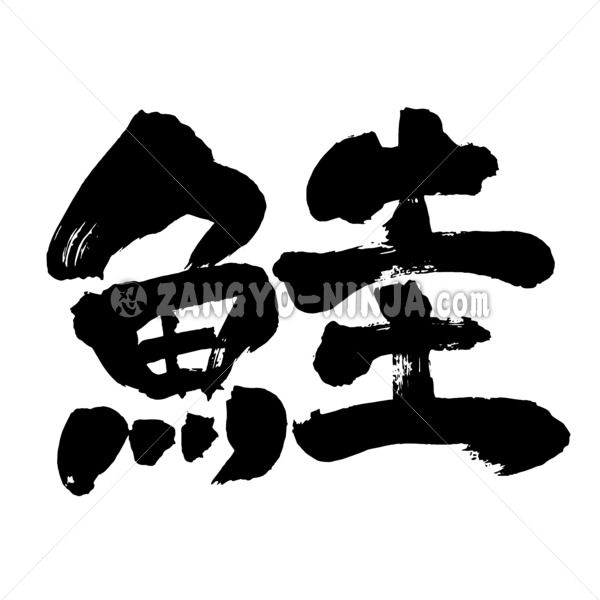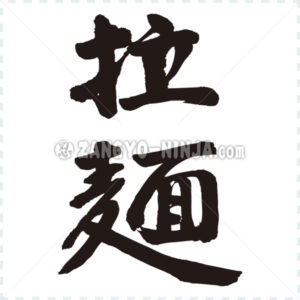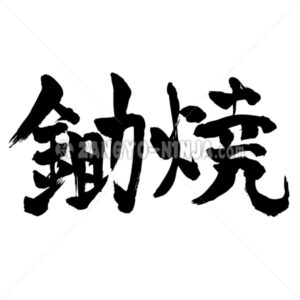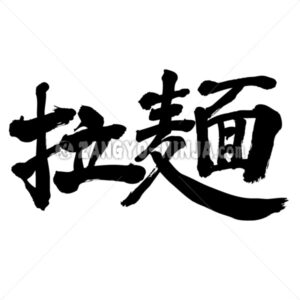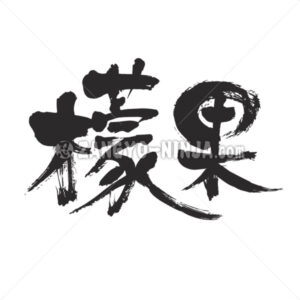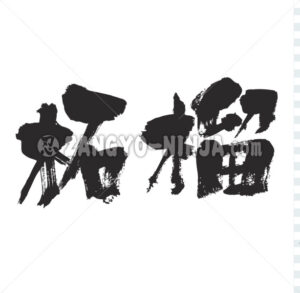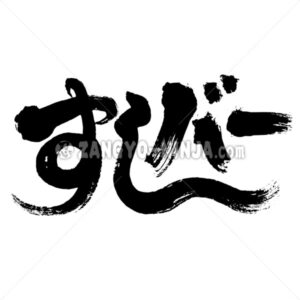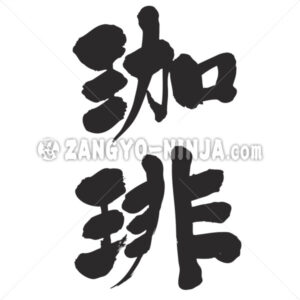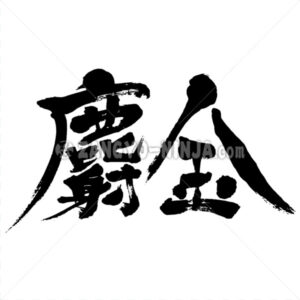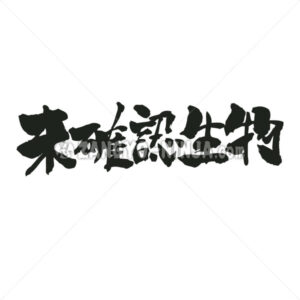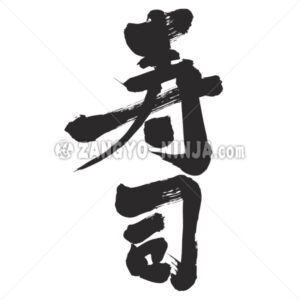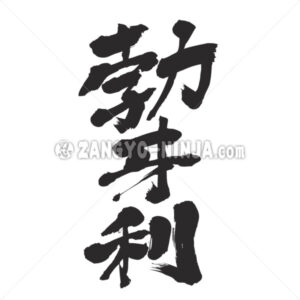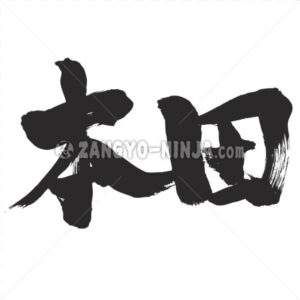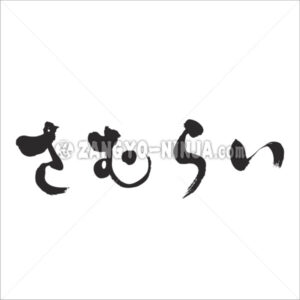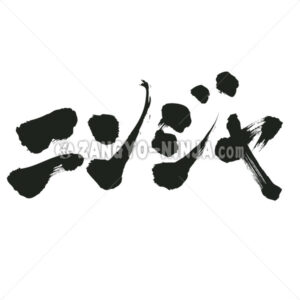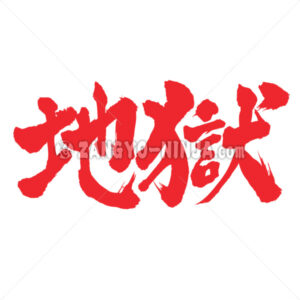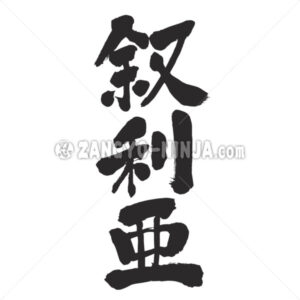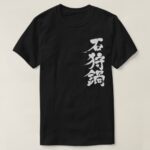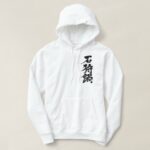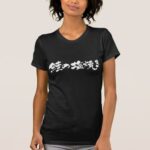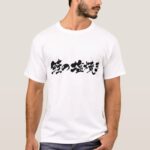Description for “salmon in Kanji”
Salmonid fish. It reaches a total length of about 1 meter. The body is a slightly elongated spindle shape. There is a greasy fin. The body color is blue-gray on the back and silvery white on the abdomen, but during the breeding season, the dorsal and lateral parts of the body turn dark green-brown, and red cloud-like spots appear on the body side.
From autumn to winter, it lays eggs and fertilizes on the gravel bottom upstream of the river where it was born, and eventually dies. Males during the spawning season are commonly referred to as “bent nose” because the snout part protrudes and bends. The hatched fry go through the winter while nourishing the yolk in the gravel layer. The next spring, it goes out of the gravel layer and stays in the river for a while, reaching 5 to 7 centimeters and descending into the sea. It is distributed north of Honshu, and its main fishing grounds are in the Tohoku, Hokkaido, Sakhalin, and Kamchatka areas.
The meat is pink and delicious, and the season is from autumn to winter. The salmon that climb the river for spawning in autumn is called “Aki-Aji”. It is an important edible fish and is eaten by grilling with salt, dregs, and mashing, as well as smoked and canned.
Japanese said “Shake” and “Sake”.
Young Japanese people are known as one of their favorite sushi ingredients. It is also used as an ingredient for rice balls and is an indispensable ingredient in Japanese meals.


